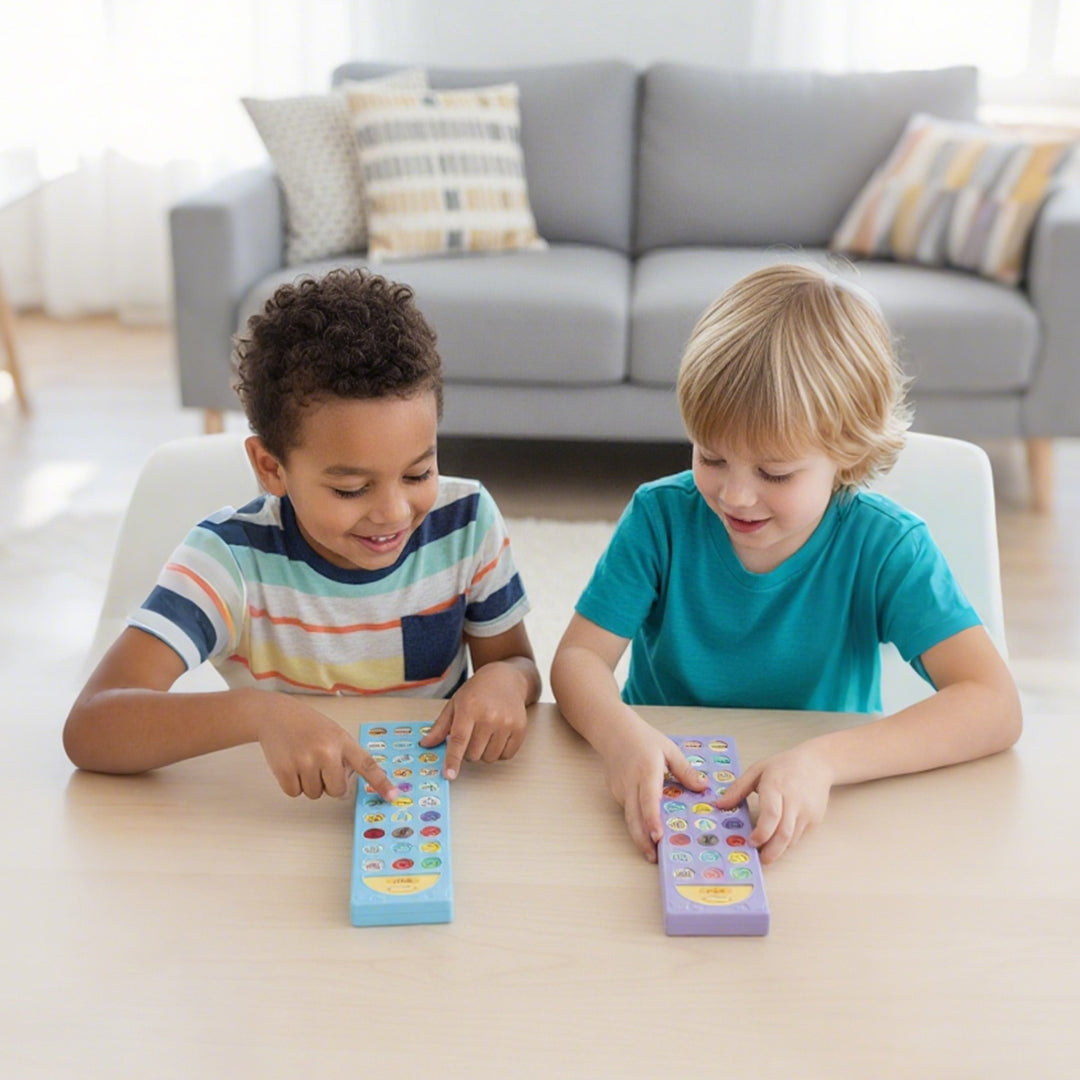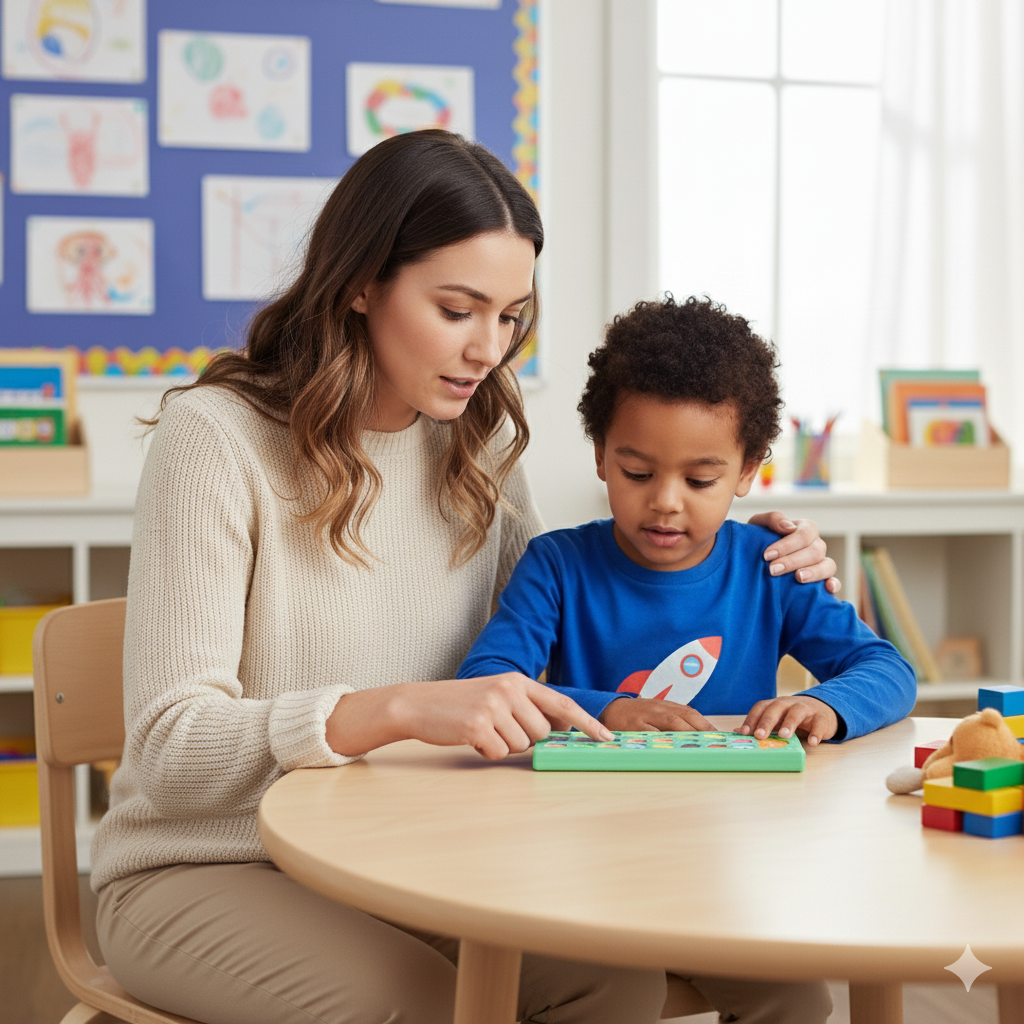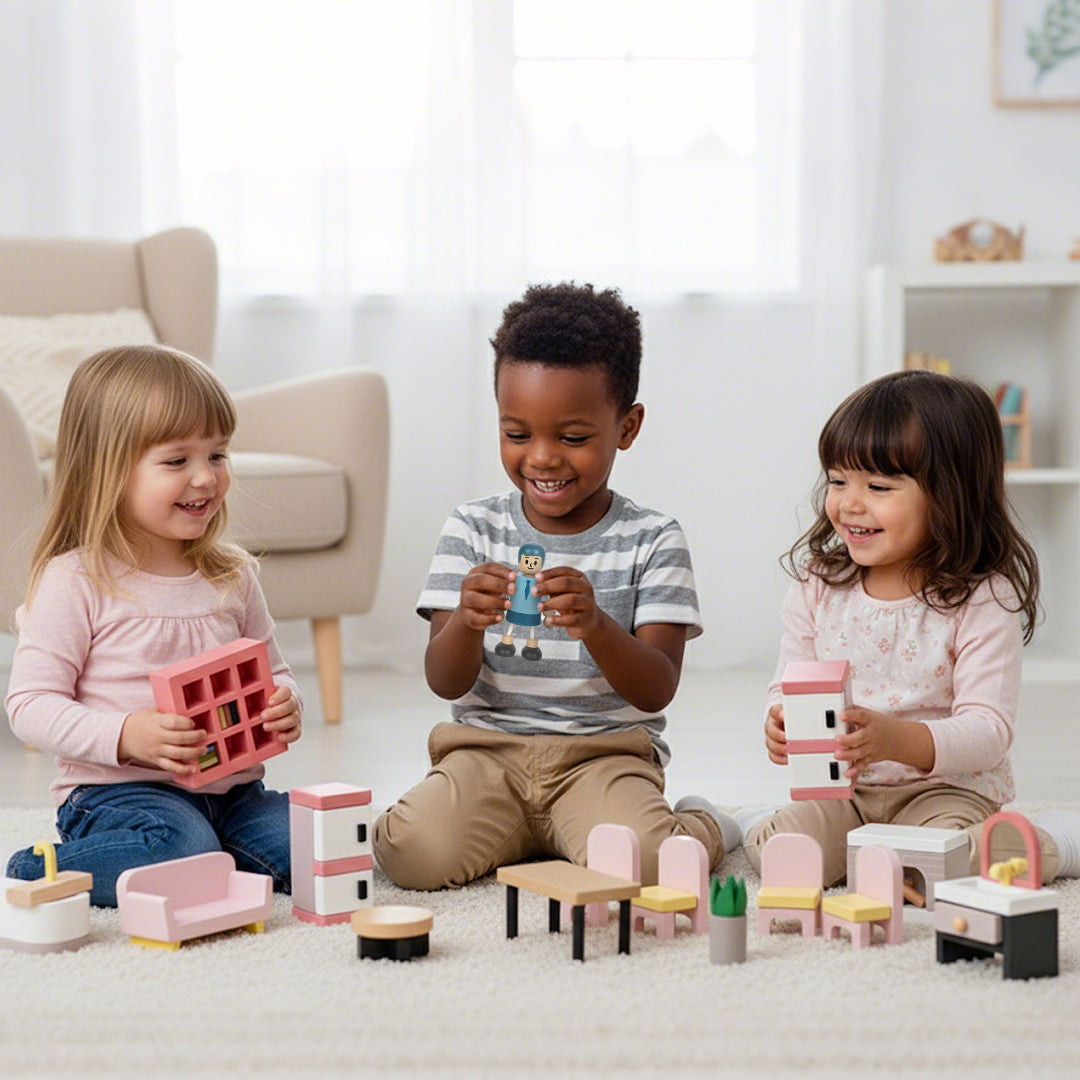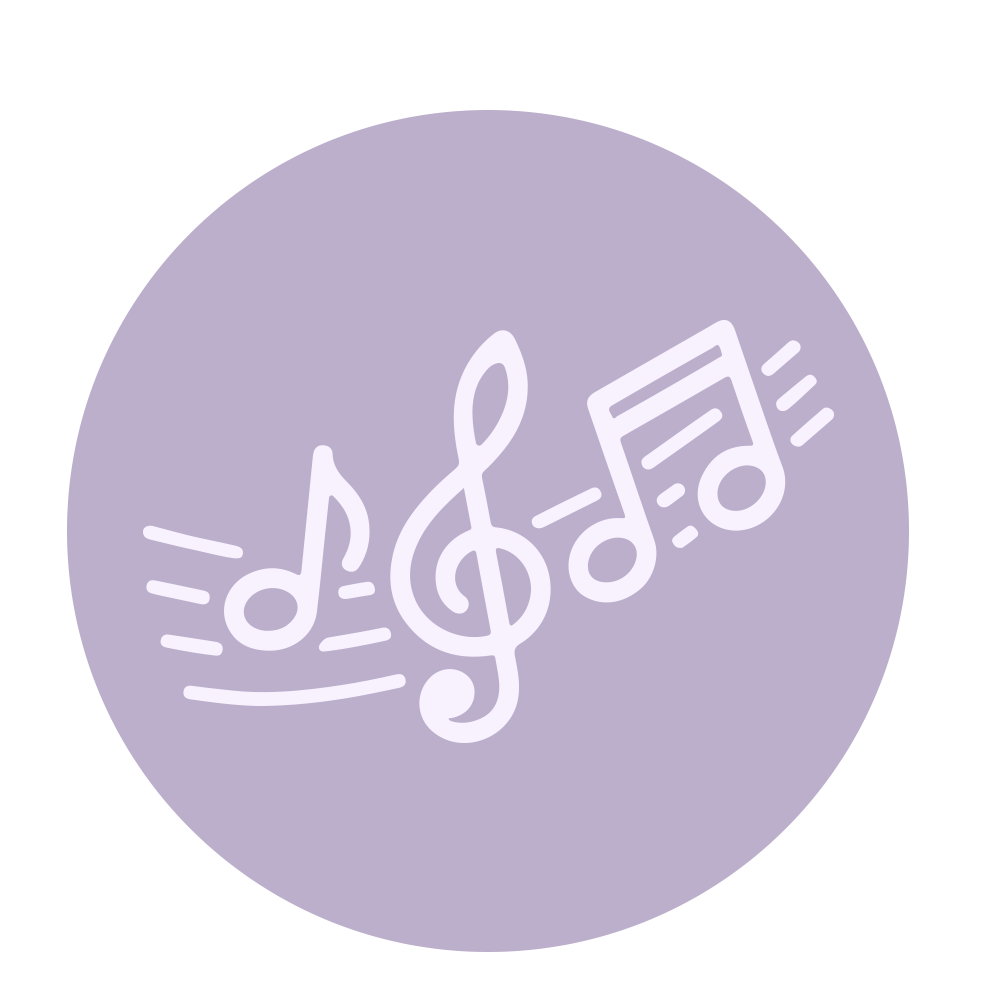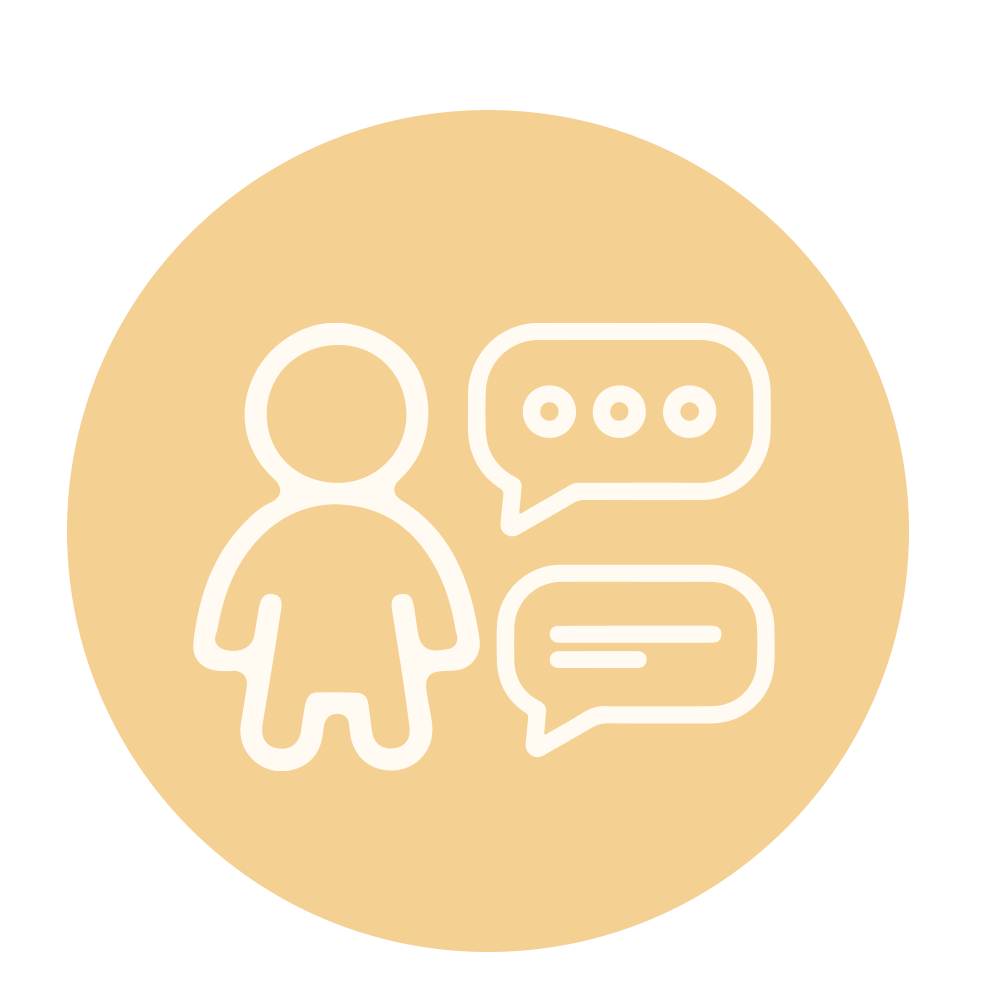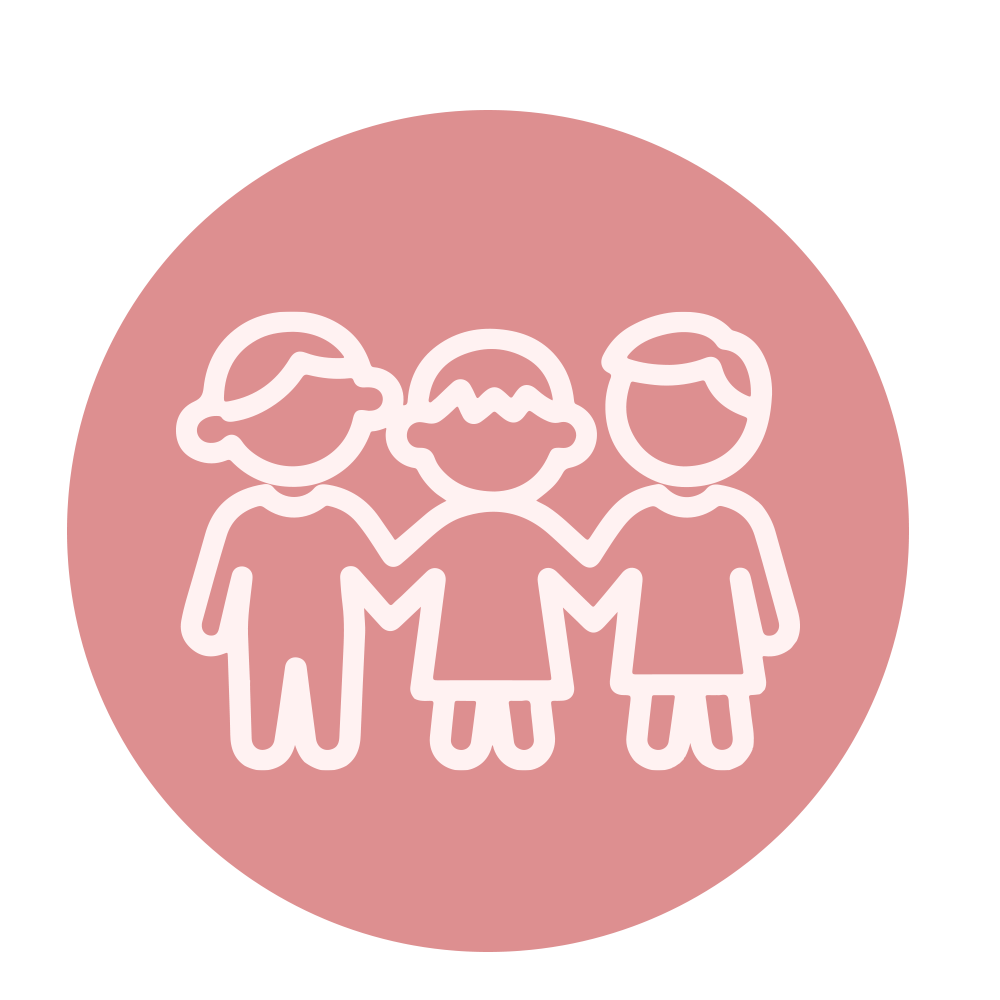Is There a Right Age for AAC Devices?
Why “Age” Matters When Choosing the Right AAC Device
AAC (Augmentative and Alternative Communication) devices are not designed for a single “type” of person or a specific age.
They are, in essence, a bridge for human expression — a flexible support system that grows with you.
When a child is too young to speak, an AAC device becomes a language scaffold.
When an adult loses their speech after a stroke, it becomes a bridge to rebuild communication and identity.
Age doesn’t limit AAC use — it shapes how we use it. Each life stage brings new goals, motivations, and communication styles.
Early Childhood (Ages 1–5): Building the Foundations of Language
At this stage, language skills are still forming — and parents often ask:
- “Isn’t it too early for my child to use an AAC device?”
The answer is a confident no. Research and real-world experience show that early AAC use supports, not delays, speech development.
Early signs a child may benefit from AAC include:
- Pointing to objects without vocalizing
- Crying or pulling hands instead of speaking
- Echoing sounds but not using them meaningfully
- Understanding simple directions but struggling to respond
When you see these patterns, it may be time to introduce low-tech AAC tools such as:
- Picture Exchange Communication Systems (PECS)
- Simple voice button devices
- Tablet-based speech symbol apps
The goal isn’t to “make them use a device,” but to embed communication naturally into daily life — during playtime, mealtime, and routines. For example, using symbols for “more” or “stop” helps the child learn that communication has power.
School-Age Children (Ages 6–12): Expanding Speech and Social Skills
As children enter school, AAC devices become more than tools — they’re gateways to participation. Kids at this age need to express opinions, answer questions, and make friends.
Teachers and parents can collaborate by:
- Encouraging AAC use during classroom discussions
- Incorporating AAC into group projects
- Letting the child use speech output in presentations
Many parents worry:
- “If my child uses AAC, will they stop talking?”
Actually, the opposite happens.
Studies consistently show that AAC stimulates natural speech by giving children a model for how communication works.
Once they can express themselves freely through AAC, their spoken language often blossoms.
Teen Years (Ages 13–18): Finding Independence and Authentic Voice
By adolescence, communication isn’t just about words — it’s about identity.
Teens using AAC want to be understood, respected, and accepted — not treated differently.
When choosing an AAC device for this age, consider:
- A sleek, discreet design that blends with smartphones or tablets
- Support for personalized voices and slang
- Compatibility with social media or private chat apps
Encourage your teen to customize their AAC — from color themes to vocabulary — so it reflects their personality.
When teens take ownership of their voice, AAC becomes empowerment, not assistance.
Adults (Ages 19–60): Rebuilding Connection and Confidence
For adults, AAC is often part of recovery — a way to reclaim communication after loss.
It supports individuals with conditions like stroke, ALS, or traumatic brain injury, giving them back the ability to connect, work, and socialize.
Key features to look for include:
- Text-to-speech with predictive typing
- Custom phrase storage for frequent needs
- Compatibility with healthcare or workplace settings
As one stroke survivor shared:
- “I didn’t just relearn how to speak — I relearned how to exist.”
For adults, AAC isn’t just a tool — it’s a second chance at being heard.
Seniors (Ages 60+): AAC as Memory and Companionship
With age, some people experience language or memory decline due to dementia or other cognitive challenges.
AAC devices can provide structure, reassurance, and connection in these moments.
Helpful features for seniors include:
- Voice reminders for medication and daily routines
- Stored familiar phrases like “I love you” or “Thank you”
- Easy-access communication pages for caregivers
For older adults, AAC is more than a means of communication — it’s a way to preserve dignity, autonomy, and belonging.
Recommended AAC Types by Age
| Age Range | Recommended AAC Type | Key Features | Primary Purpose |
| 1–5 years | Joyreal Mini AAC Devices for Autism– A beginner-friendly AAC system combining picture exchange, large buttons, and simple voice recording. | Bright, easy-to-recognize icons; real-voice playback; durable touch design. | Helps toddlers and preschoolers express needs (“more,” “want,” “no”) and build basic communication awareness. |
| 6–12 years | Joyreal Education AAC Communication Board – featuring larger buttons for easy touch access and expanded vocabulary options to support both classroom and social communication. | Clear layout; extended word; recordable sound buttons for familiar voices. | Enhances language growth, supports participation in school, and encourages children with autism or speech delays to communicate confidently. |
| 13–18 years | Custom AAC or portable systems with personalized settings | Quick typing, personal voices | Self-expression & socialization |
| 19–60 years | Advanced text or voice playback devices | Predictive text, phrase library | Communication recovery |
| 60+ years | Simplified, large-button AAC systems | Voice reminders, large buttons | Everyday connection & memory aid |
A Trusted, Affordable Option: Joyreal AAC Communication Device
If you’re exploring where to begin, the Joyreal AAC Communication Device is an excellent starting point.
Known for its high cost-effectiveness and full coverage of daily communication needs, Joyreal is designed to support users of all ages and ability levels — from young children just beginning to communicate to adults rebuilding speech after illness.
Joyreal’s intuitive design, multilingual support, and adjustable voice output make it a practical first choice for families and therapists seeking a reliable, budget-friendly AAC solution.
-
Joyreal AAC Communication Device — bridging voices across ages, one expression at a time.
 💡 Final Thoughts: AAC Is Not a Replacement — It’s a Bridge to Expression
💡 Final Thoughts: AAC Is Not a Replacement — It’s a Bridge to Expression
From the toddler who learns to say “more,”
to the grandparent who rediscovers “I love you,”
AAC devices support communication at every stage of life.
They are not about replacing speech, but about restoring the power of connection — the foundation of human dignity and belonging.

Common Parent Questions
Q1: My child is 2 and not talking yet. Is it too early for AAC?
- Not at all. The earlier AAC is introduced, the smoother language development becomes.
Q2: Will AAC make my child less likely to talk?
- No. AAC gives children confidence and structure — they learn to “think words” before they can say them.
Q3: What if the teacher doesn’t understand AAC?
- Ask your speech-language pathologist (SLP) to create a simple classroom communication plan.
Q4: My teen refuses to use their device. What can I do?
- Let them personalize it — choose colors, phrases, even jokes. Ownership builds acceptance.
Q5: Are AAC devices hard for adults or seniors to learn?
- Not anymore. Modern AACs are designed for ease of use, with touch, voice, and visual feedback.
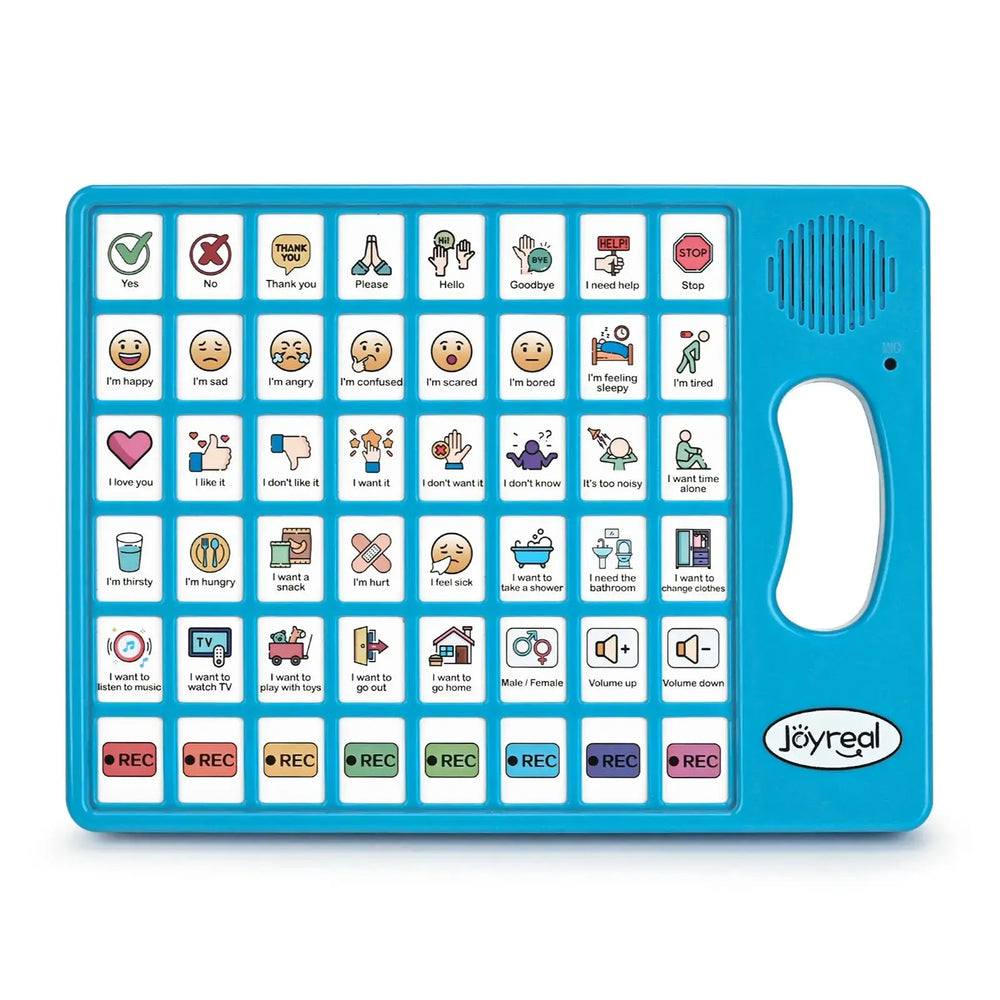
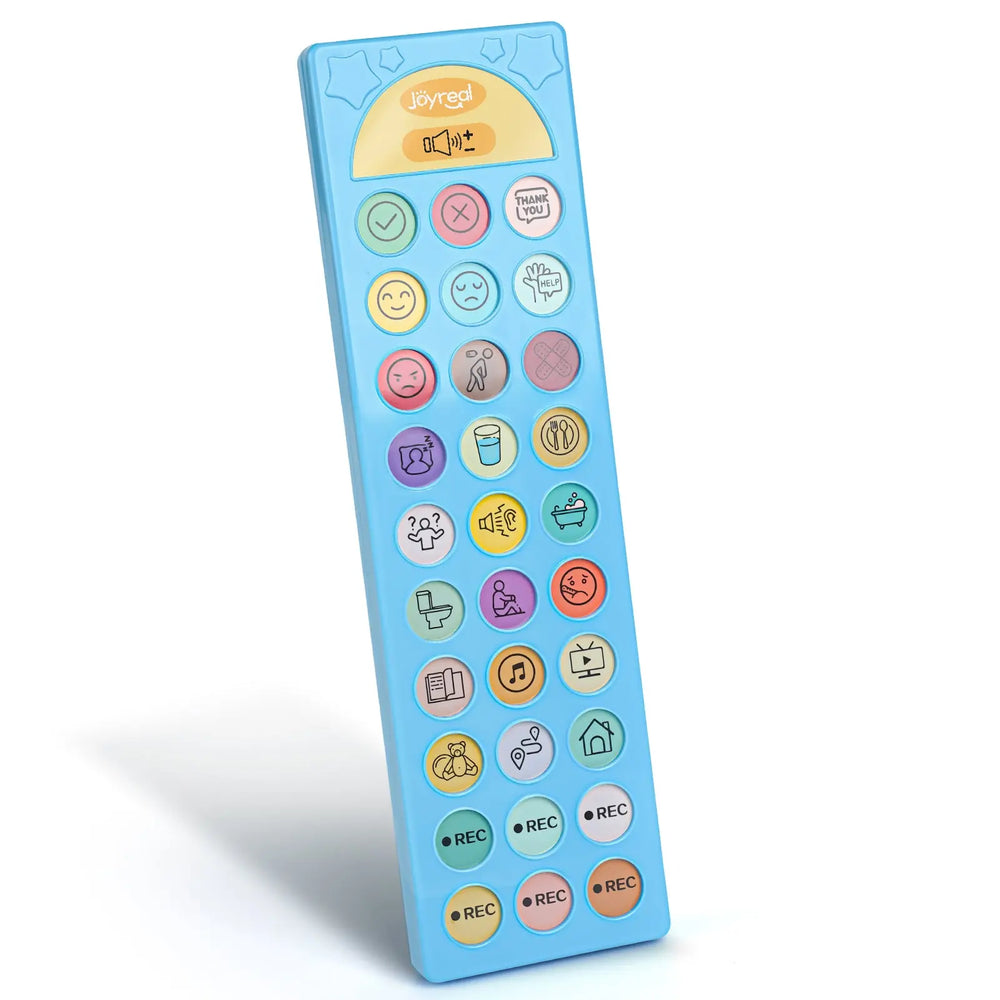
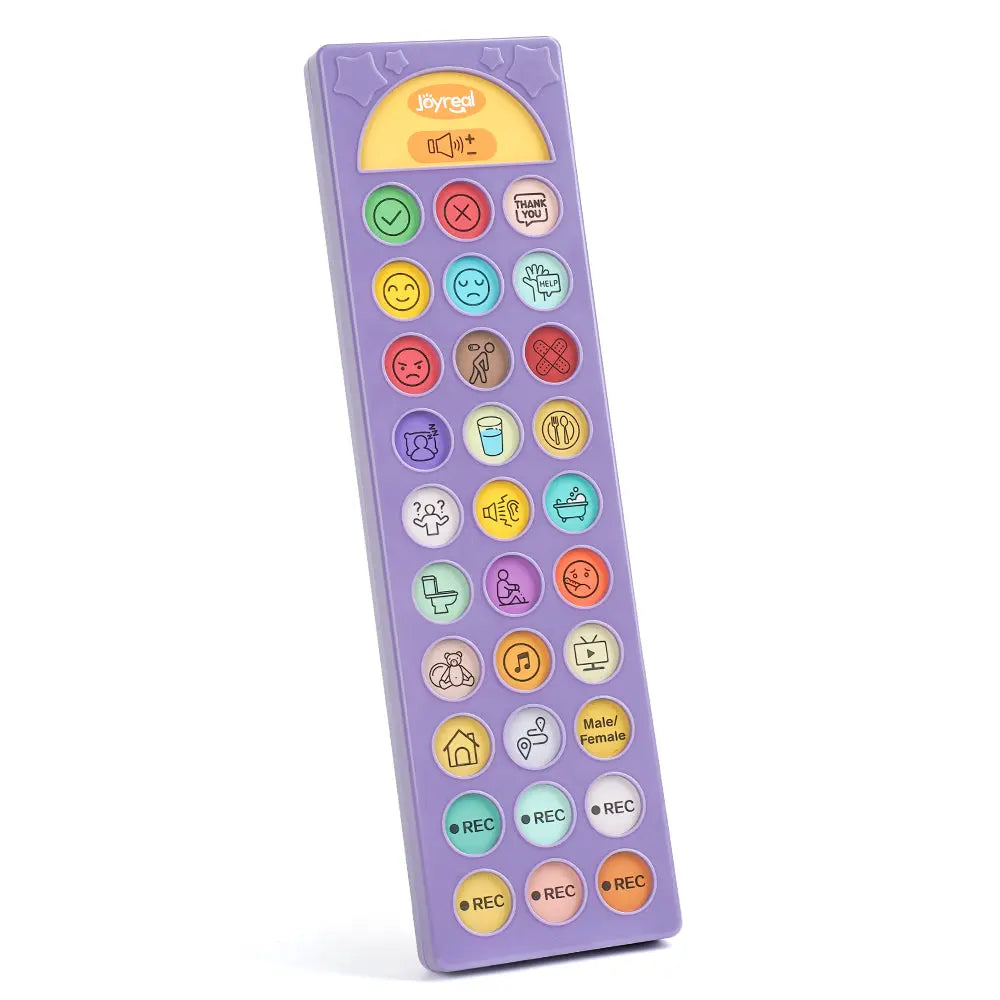
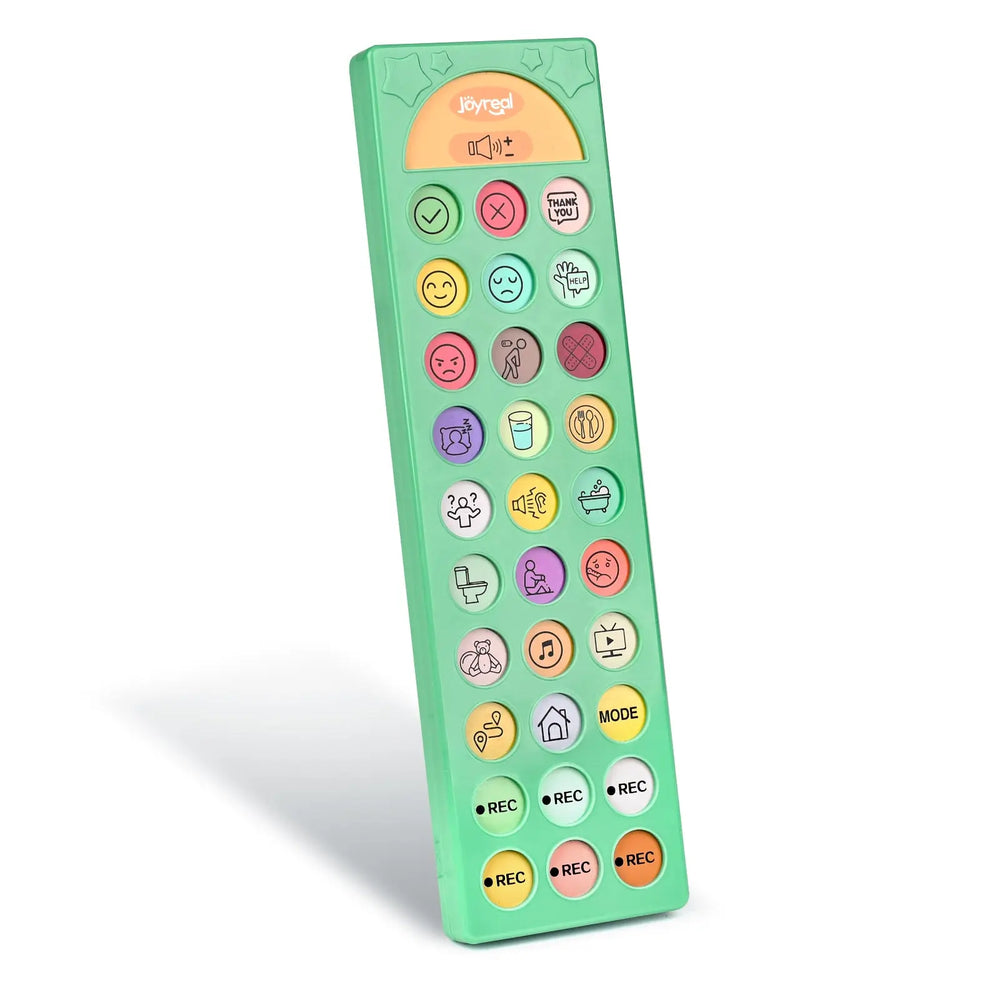
Maybe it will be helpful for you:
Recent Post
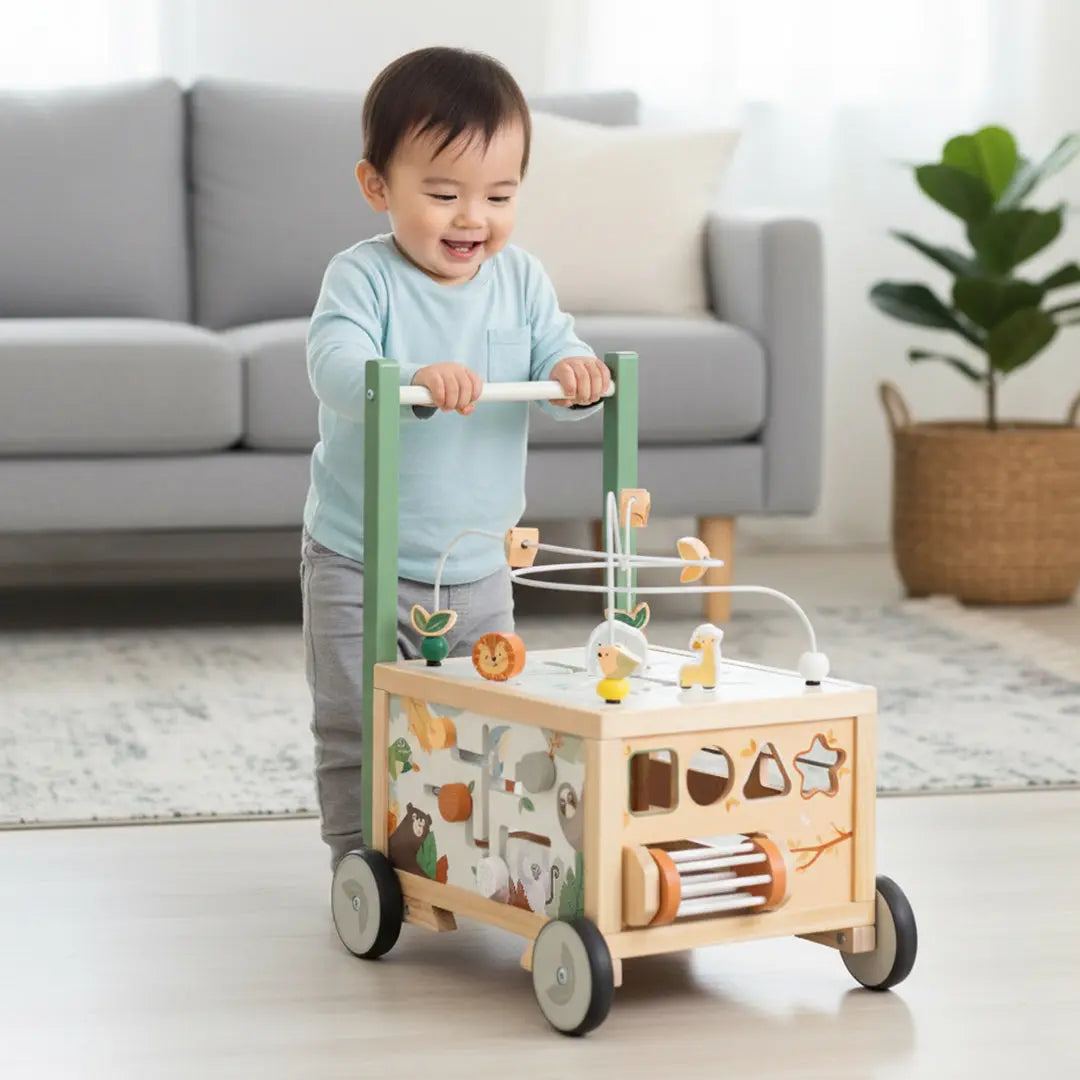
Best Adjustable Speed Baby Walker for Toddler Development
Looking for the perfect way to support your toddler’s first steps w...
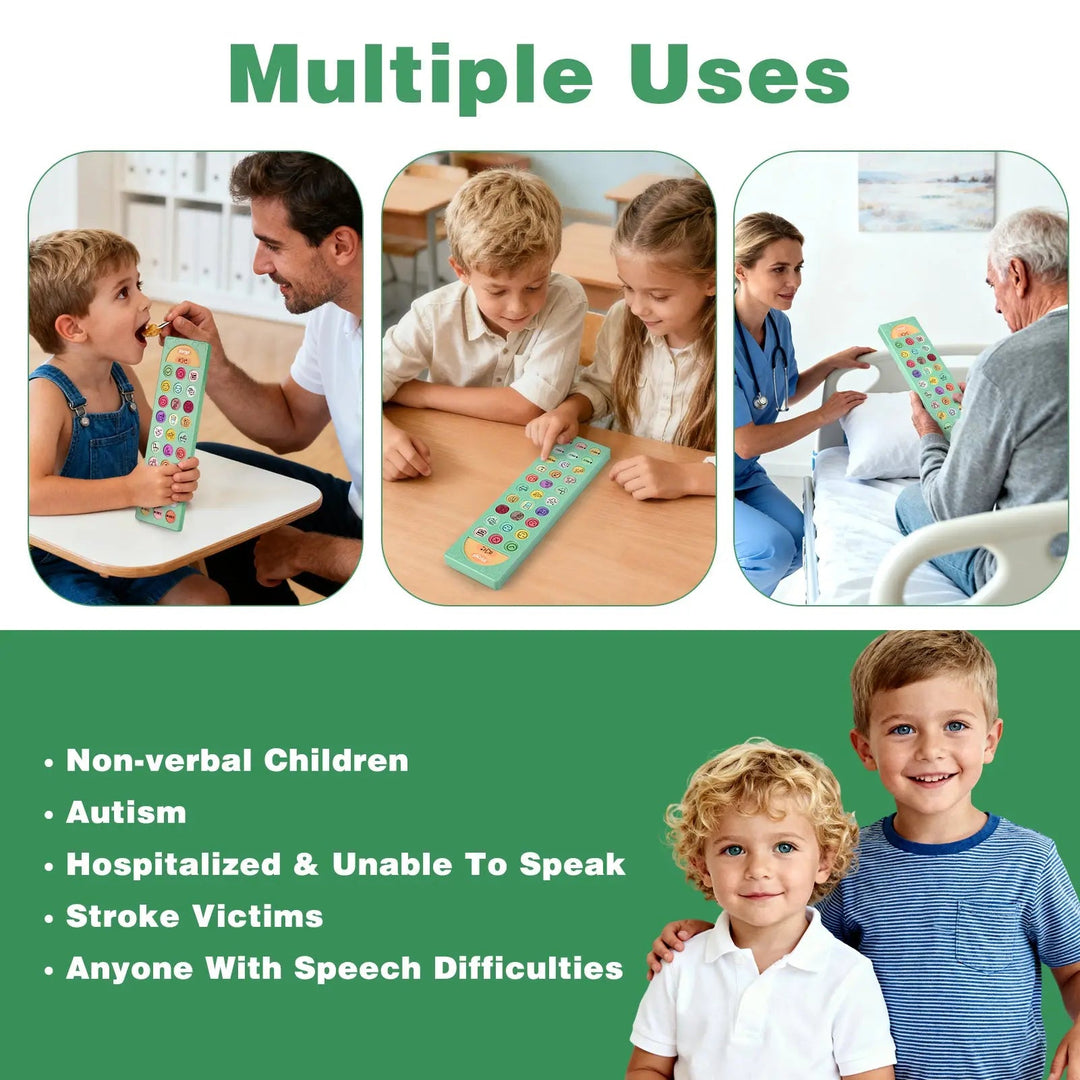
What Age Range Is the Joyreal AAC Device for?
When someone struggles to speak or express their thoughts, a goo...
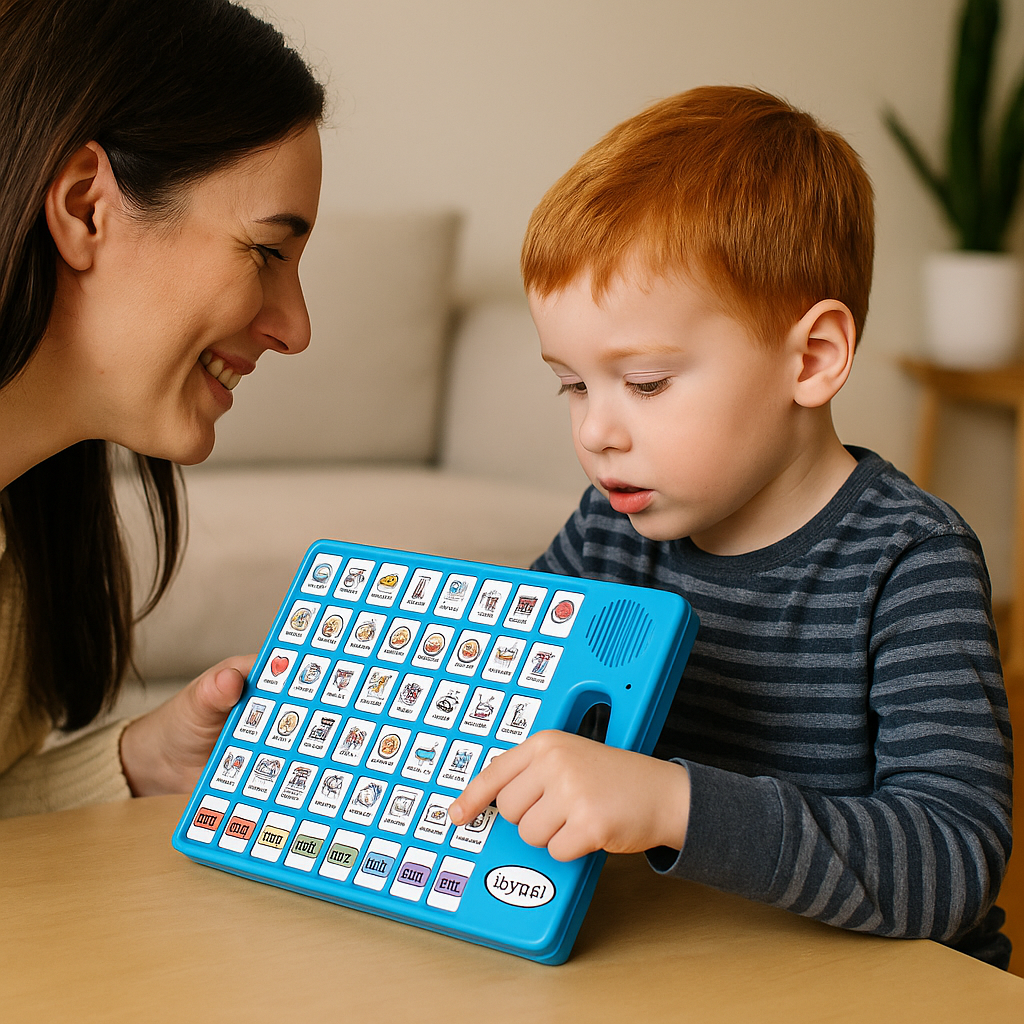
Is There a Right Age for AAC Devices?
Why “Age” Matters When Choosing the Right AAC Device AAC (Augmenta...
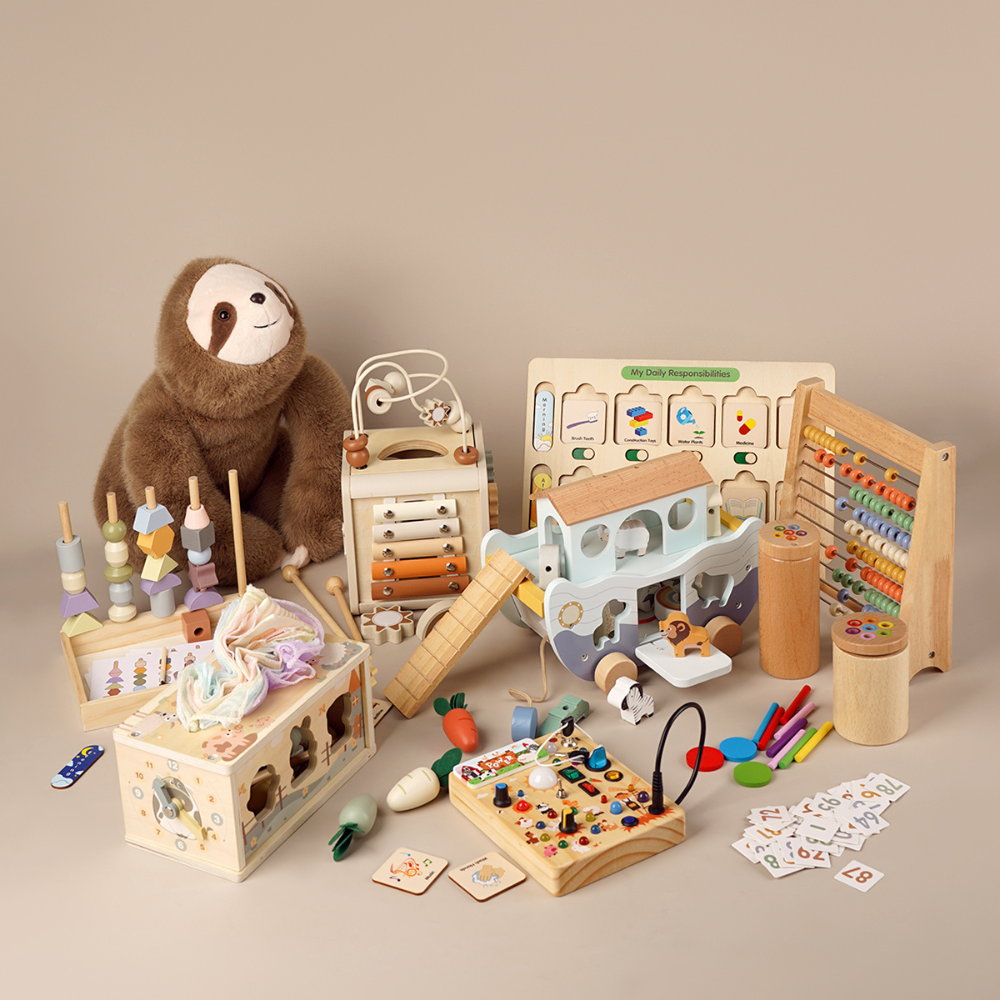
Montessori Busy Board & Noah’s Ark: Perfect Holiday Gifts
A Parent’s Wish: Turning Frustration into Discovery Every parent kn...
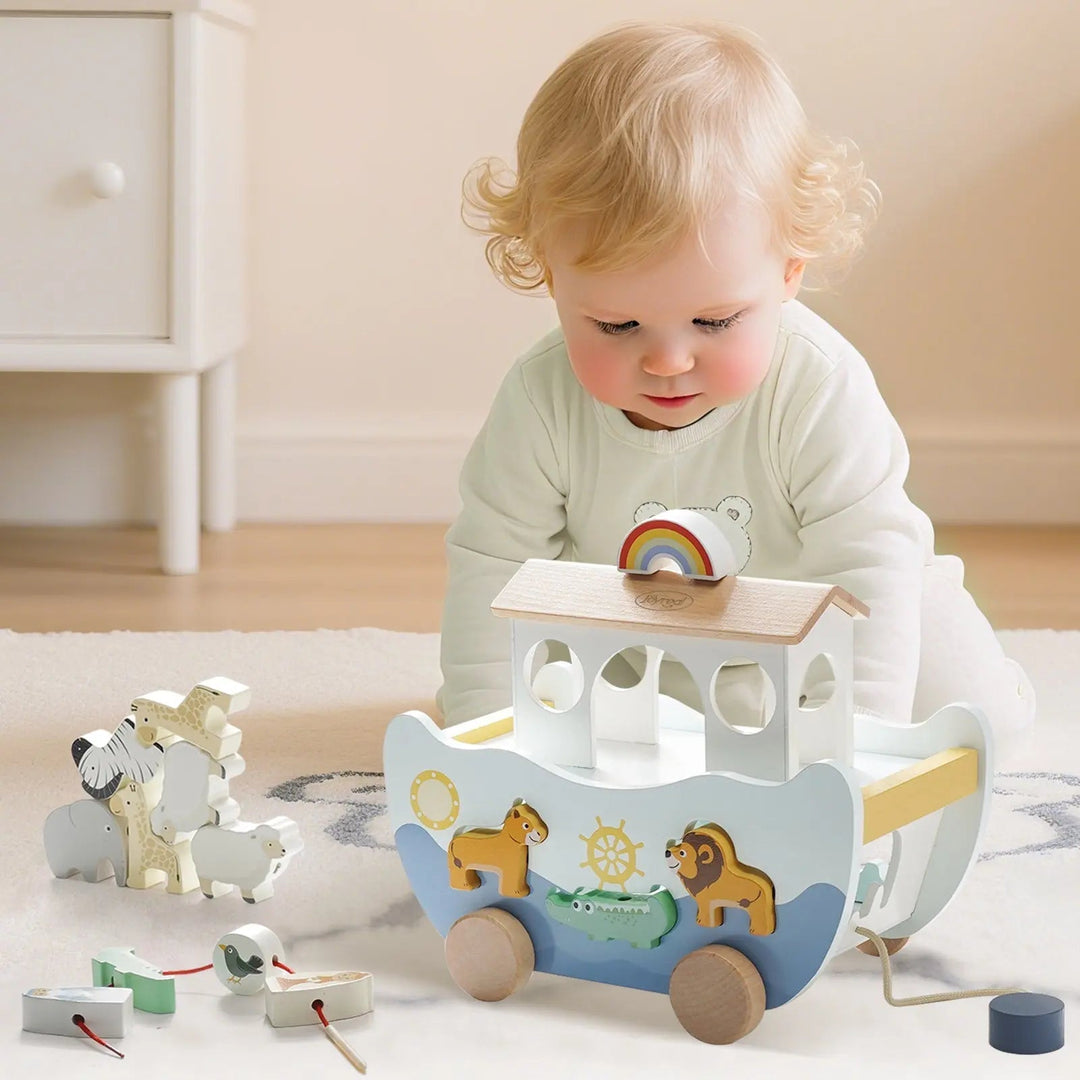
Noah’s Ark Toy: Building Skills Through Play
Why Choose the Noah’s Ark Toy? This isn’t just another matching gam...
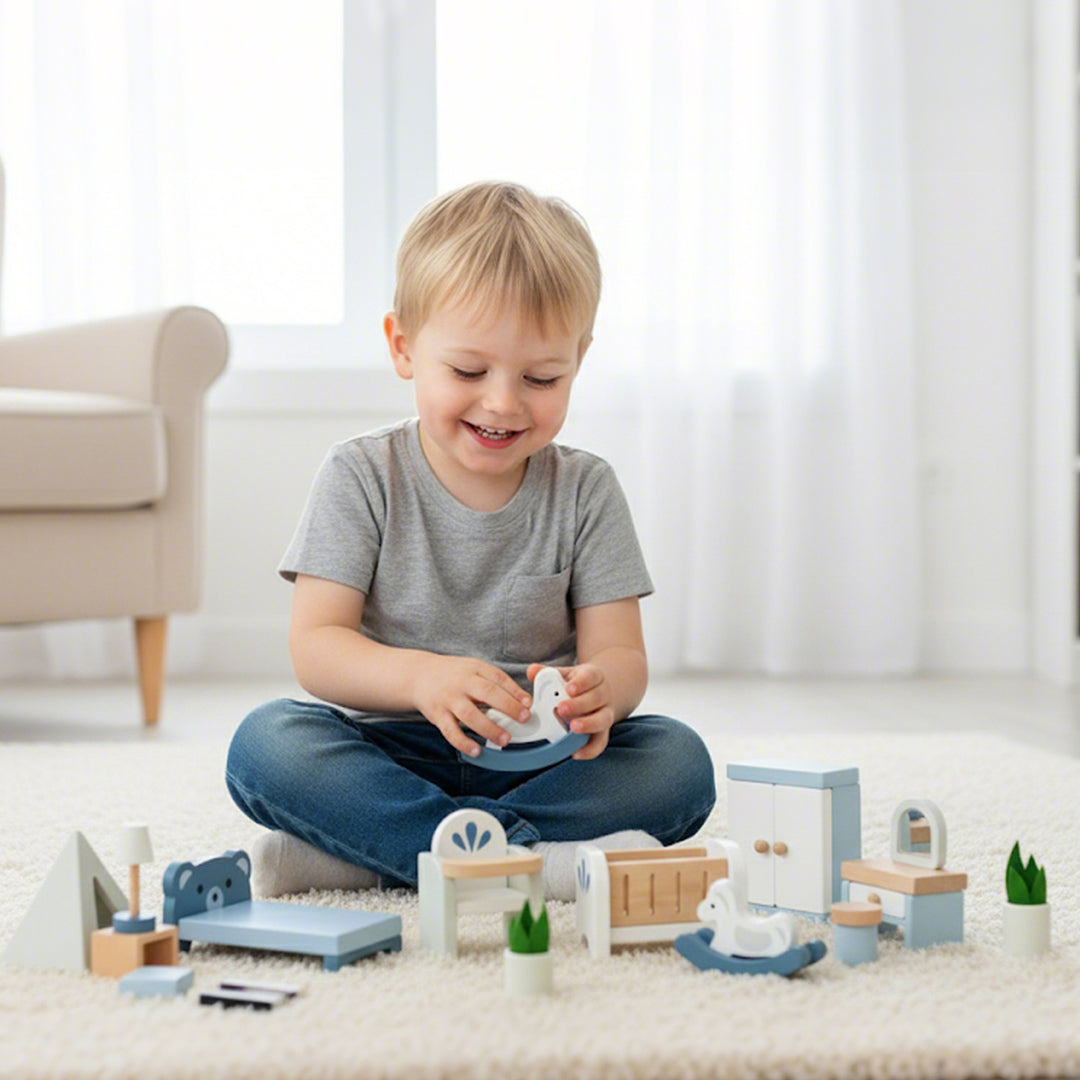
Montessori Wooden Toys: Creative Learning with Mini Dollhouse Kits
Unlocking Creativity Through Hands-On Play Children learn best whe...
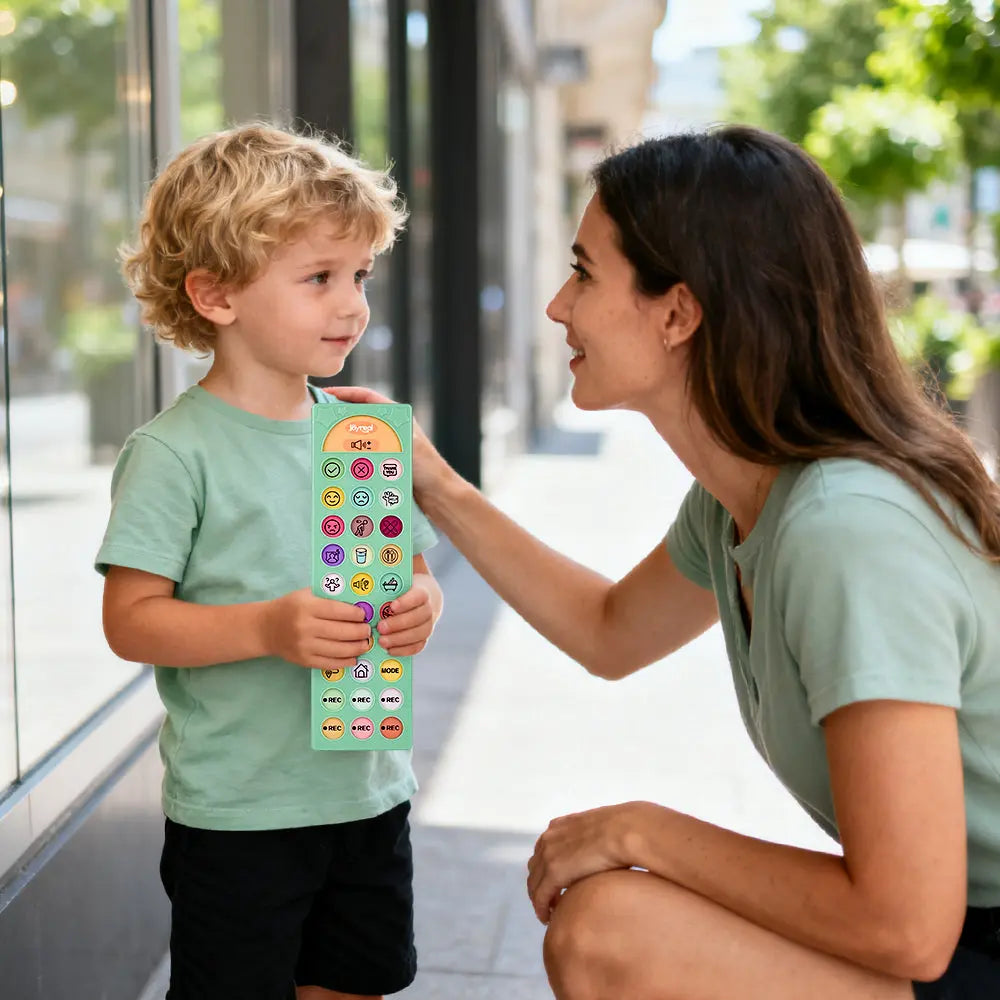
Dispositivos AAC para Autismo y Comunicación Alternativa
¿Sabías que un dispositivo de comunicación aumentativa y alternativ...
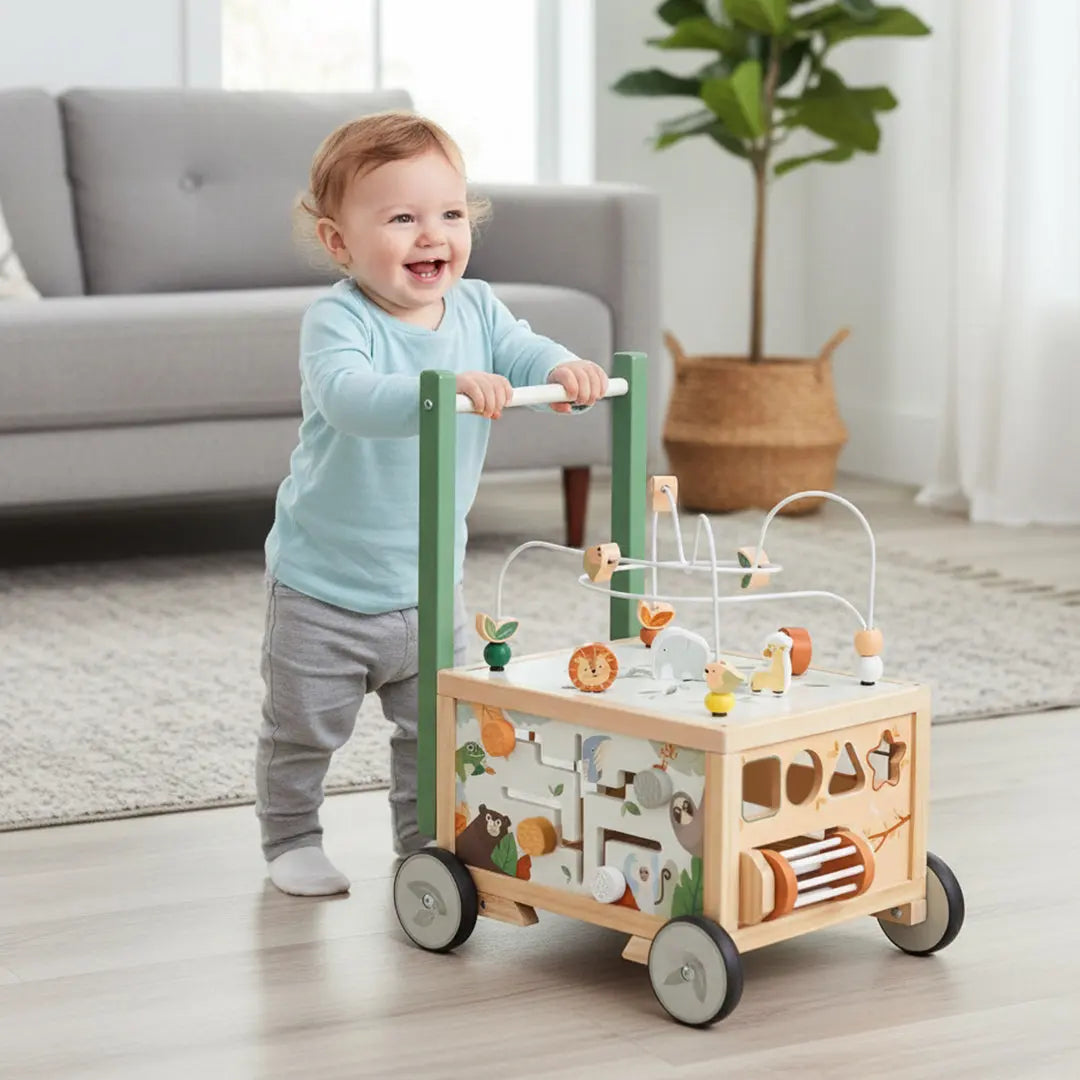
Montessori Wooden Toys: Choose Baby Walking Toys to Boost Early Skills
A Meaningful Start to Walking Your baby’s first steps are a moment ...
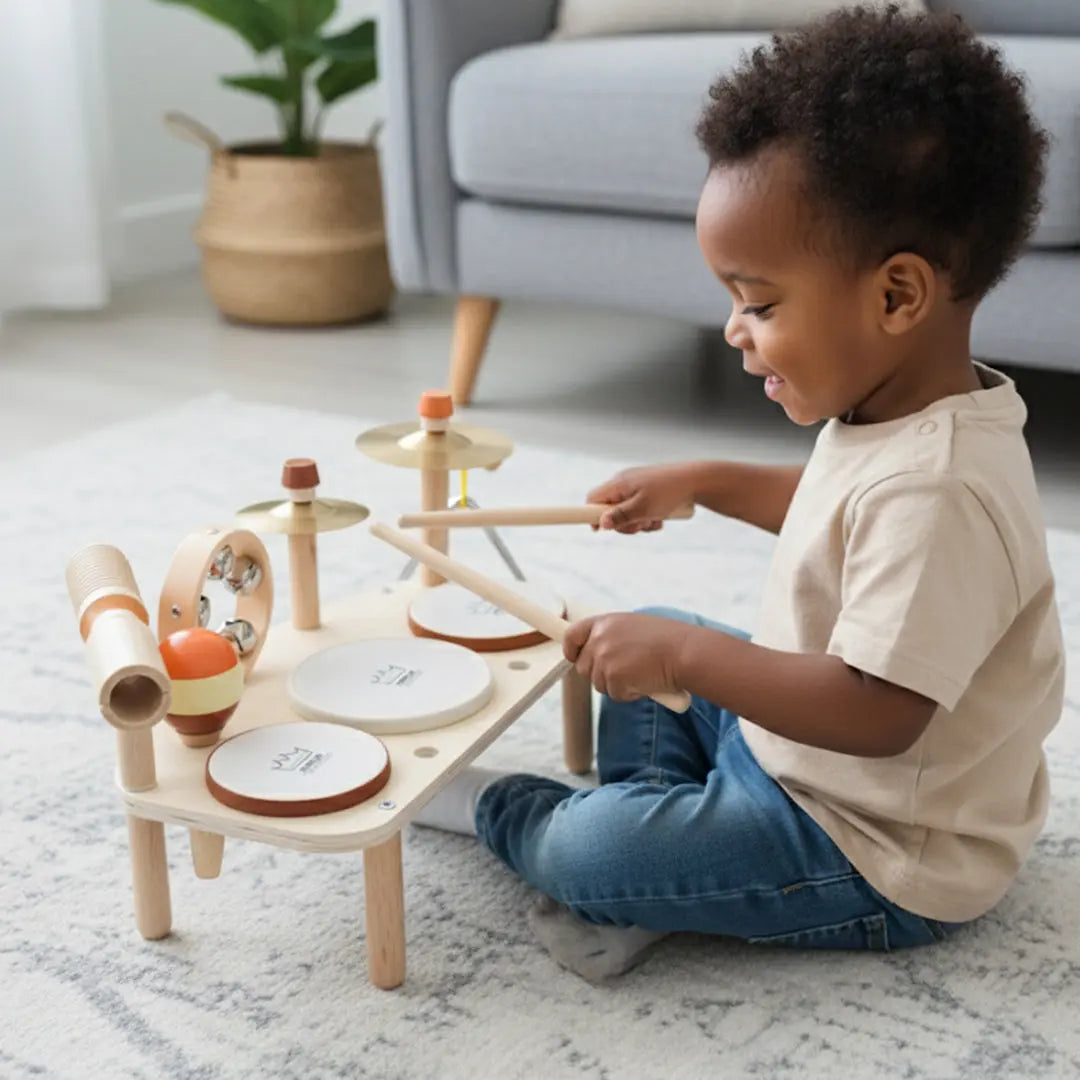
Montessori Music Toys: 7 Benefits for Toddler Development You Need
Montessori music toys are more than delightful playthings—they are ...
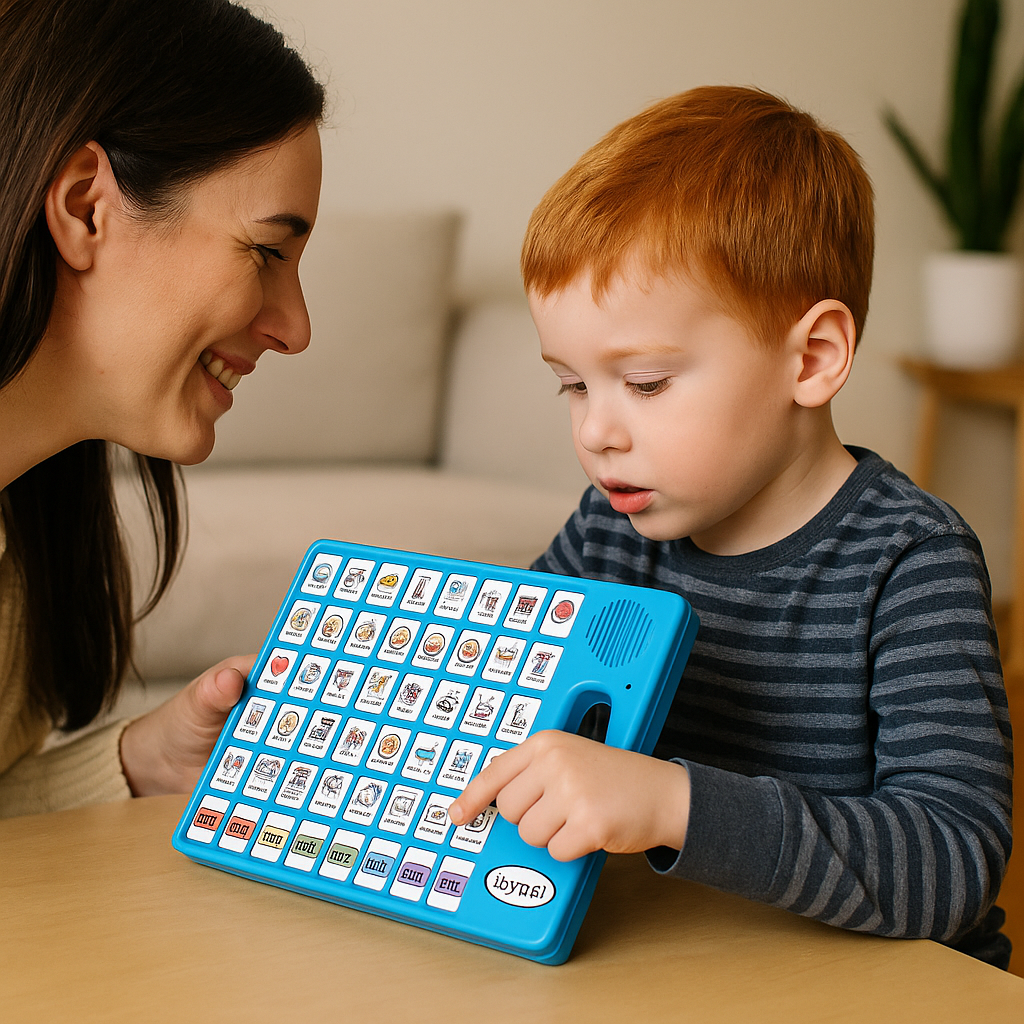
AA Communication Device: Who Qualifies and How to Get Assessed
When Words Don’t Come Easily: A Parent’s Journey Toward Communicati...
